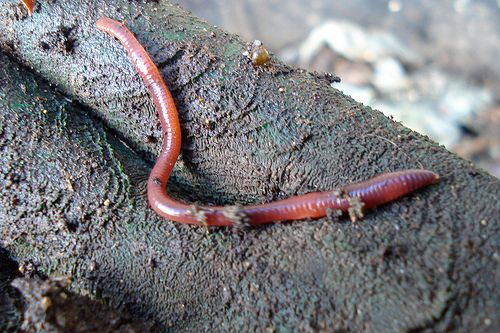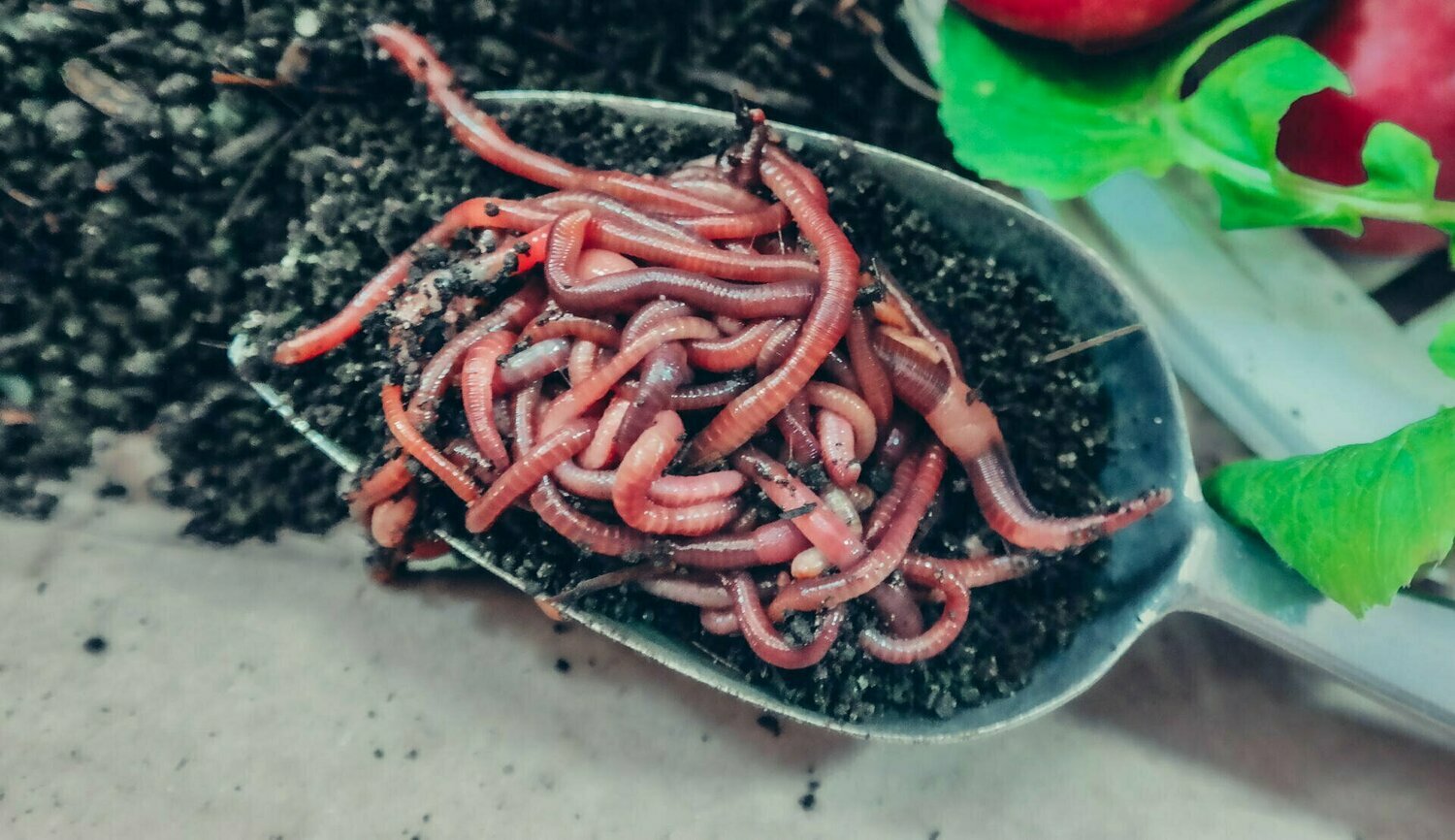Red Wiggler Worms - All-natural Remedy for Environmentally Friendly Composting
Red Wiggler Worms - All-natural Remedy for Environmentally Friendly Composting
Blog Article
Optimizing the Advantages of Red Wiggler Worms: A Comprehensive Guidebook for Home Gardeners and Urban Farmers
In the realm of lasting horticulture practices, red wiggler worms stand as unhonored heroes, quietly transforming organic waste into nutrient-rich spreadings that can work wonders for dirt health. As home garden enthusiasts and city farmers progressively look for economical and environmentally friendly means to boost their gardens, the prospective advantages of utilizing the power of red wigglers can not be overemphasized. From reducing cooking area waste to growing healthier plants, the usage of these simple animals supplies a wide variety of advantages. By discovering the intricacies of exactly how to successfully look after and optimize the advantages of red wiggler worms, individuals can unlock a wide range of possibilities for improving the sustainability and efficiency of their gardening ventures.
Recognizing Red Wiggler Worms
Red Wiggler worms, renowned for their effective composting capacities, are a species of earthworms commonly made use of in vermiculture practices. These worms, scientifically recognized as Eisenia fetida, thrive in decomposing natural product, making them excellent prospects for composting (Red Wiggler Worms). Red Wigglers are starved eaters, capable of consuming their very own weight in natural waste daily. Their digestive procedure breaks down natural matter into nutrient-rich castings, which are a valuable source for improving soil and advertising plant growth.
One key quality of Red Wiggler worms is their reproductive rate. These hermaphroditic creatures possess both male and female reproductive body organs, permitting them to duplicate swiftly under desirable conditions. A mature Red Wiggler can produce multiple spawn in a brief duration, ensuring a steady population within a composting system.

Establishing a Worm Container
When developing a worm container for vermiculture purposes, proper prep work and focus to detail are important for producing a helpful setting for Red Wiggler worms. Begin by picking an ideal container for your worm bin.

Location the worm container in an amazing, dark location away from straight sunlight and severe temperatures. By adhering to these steps, you can set up a thriving worm bin that will successfully process natural waste into nutrient-rich vermicompost for your yard.
Feeding and Maintaining Worms
Ensuring a balanced and nourishing diet plan is critical for the health and performance of Red Wiggler worms in a vermiculture system. It is essential to prevent feeding them citrus fruits, onions, garlic, milk items, meat, and oily foods as these can be harmful to the worms or cause unpleasant smells in the container.
Correct dampness levels are additionally crucial for the well-being of Red Wiggler worms. The bedding ought to seem like a damp sponge, providing adequate dampness for the worms to take a breath through their skin. On a regular basis inspect the wetness levels and change by adding water or dry bed linens product as required. Furthermore, preserving appropriate temperature conditions between 55-77 ° F(13-25 ° C )will make sure ideal worm task and recreation. By diligently checking their diet, wetness, and environmental conditions, home gardeners and city farmers can sustain a healthy and productive Red Wiggler worm population for composting purposes.
Gathering Worm Castings
To effectively extract nutrient-rich worm spreadings from the vermicompost, a systematic harvesting process is necessary for making the most of the composting advantages. Red Wiggler Worms. The very first step in collecting worm castings is to encourage the worms to move to one side of the container. This can be achieved by positioning fresh food scraps on one side and leaving the opposite uninterrupted for a few days. As soon as most of worms have actually moved to the side with fresh food, the spreadings can be collected from the contrary side.
After the spreadings have actually been gathered, it is necessary to separate any kind of staying worms from the spreadings to prevent harming them throughout storage or application. One reliable technique is to develop cone-shaped heaps of castings under bright light. Worms will naturally relocate away from the light, enabling easy splitting up and removal.
Finally, the harvested worm spreadings ought to be saved in a trendy, dark, and dry area to preserve their quality and performance as a nutrient-rich soil change. By following these actions, home garden enthusiasts and metropolitan farmers can take full advantage of the benefits of red wiggler worms in their vermicomposting systems.
Using Worm Castings in Horticulture
The consolidation of nutrient-rich worm spreadings into garden soil can dramatically enhance plant development and total soil wellness. Worm castings, likewise called vermicast, are an all-natural plant food produced by red wiggler worms as they break down organic issue. These spreadings are rich in crucial nutrients like nitrogen, phosphorus, potassium, and beneficial microbes that promote plant development and boost dirt framework.
When making use of worm castings in gardening, it is essential to blend them thoroughly into the dirt or utilize them as read the full info here a top dressing around plants. The slow-release nature of worm spreadings guarantees a stable supply of nutrients to plants in time, decreasing the risk of nutrient leaching and advertising long-lasting soil fertility. Additionally, worm spreadings assist improve dirt oygenation, water retention, and microbial activity, creating a healthy and balanced atmosphere for plant roots to thrive.

Conclusion
In conclusion, the utilization of red wiggler worms in home gardening and metropolitan farming can dramatically benefit soil wellness and plant development. By understanding how to establish up and maintain a worm container, feed the worms correctly, and collect their nutrient-rich castings, gardeners can maximize the benefits of these earthworms.
In the world of sustainable horticulture practices, red wiggler worms stand as unrecognized heroes, quietly transforming natural waste into nutrient-rich spreadings that can function marvels for soil health.When developing a worm bin for vermiculture functions, correct preparation and focus to detail are vital for developing a helpful environment for Red Wiggler worms. The very first step in harvesting worm castings is to motivate the worms to migrate to one side of the bin. Worm castings, also known as vermicast, are a natural fertilizer created by red wiggler worms as they damage down why not find out more organic matter. By comprehending exactly how to establish up and keep a worm bin, feed the worms properly, and gather their nutrient-rich castings, gardeners can maximize the benefits of these earthworms.
Report this page